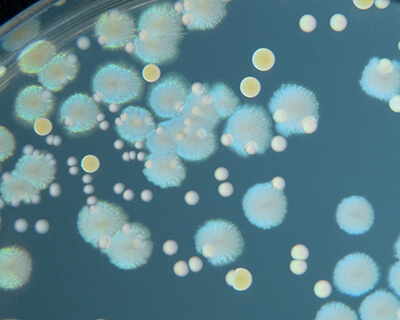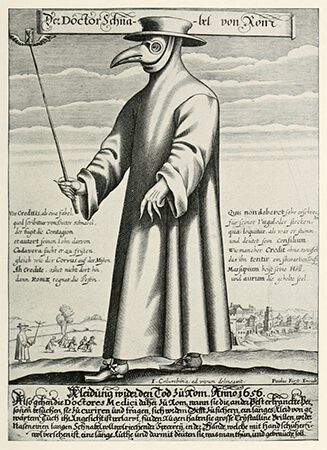This is a lesson summary. The full lesson can be viewed by purchasing an online course subscription.
Learning Objective
In this lesson we will learn how infectious diseases are acquired and how the body responds to infection.
Learning Outcomes
By the end of this lesson you will be able to:
- Explain what is meant by the terms ‘microorganism’ and ‘pathogen’.
- Describe the different types of organisms that can cause disease.
- Discuss how the body responds to infection.
- Describe how infectious diseases can been transferred between individuals and discuss how this can be minimised.
- Explain how vaccines give people immunity from certain diseases.

(Image: HansN, Wikimedia Commons)
Lesson Summary
- A microorganism is any organisms that cannot be seen with the naked eye.
- Microorganisms can be bacteria, viruses, protists or fungi.
- A pathogen is any organism that can cause disease.
- Pathogens are usually single-celled organisms (viruses, bacteria or fungi), but can also be multicellular parasites.
- Viruses are infectious particles that can only replicate inside a host organism.
- Bacteria are unicellular organisms that lack a nucleus, possess a special type of cell wall and divide by binary fission.
- Fungi are mostly multicellular organisms, but some are unicellular.
- Parasites are organisms that feed off a host organism. Parasites include unicellular and multicellular organisms.
- Endoparasites live inside a host.
- Ectoparasites live outside a host.
- A disease is any condition that adversely affects an organism, that is not the result of injury.
- Infectious diseases are those caused by pathogens.
- Infectious diseases vary in several ways:
- The type or organism involved – virus, bacterium, fungus or parasite.
- Their mode of transfer between individuals – direct or indirect contact.
- How easily they are transferred between individuals – contagious or non-contagious.
- The severity of the disease – mild, severe or fatal; short-term or long-term.
- The body has three lines of defence against pathogens:
- Physical and chemical barriers – structures, substances and bodily functions that repel pathogens.
- Non-specific immune responses – inflammation, phagocytosis and fever.
- Specific immune responses – production of antibodies.
- The first two lines of defence are referred to as innate immunity.
- The third line of defence is referred to as acquired immunity.
- The acquisition and spread of disease can be minimised by good hygiene practices.
- Many diseases can be prevented by vaccinations.
- Vaccination involves exposing a person to a vaccine containing a dead or inactive pathogen to induce immunity through the production of antibodies.

A plague doctor uniform in 17th century Rome – it was filled with flowers, herbs and spices as it was believed they could eliminate the disease; it was not known at the time that the disease was caused by a bacteria (Yersinia pestis).
(Image: Wikimedia Commons)
(Header image: beawolf, Adobe Stock)
